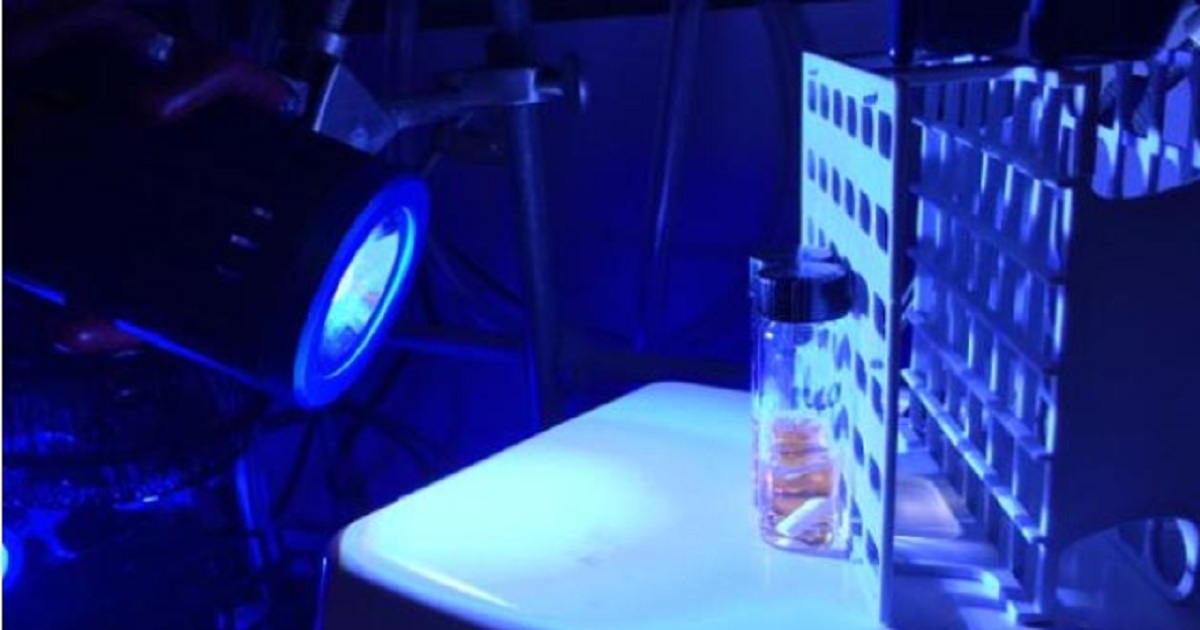Designing a Safer Building Block for Drug Discovery
Technology Networks | November 23, 2018

When you reach for a bottle of acetaminophen, you may be looking for relief from a headache. But if you take more than what is recommended, the drug can damage your liver. That's because when a component of the drug--a substructure referred to as an aniline--breaks down in the liver, it can produce toxic metabolites. Now, University of Michigan researchers have developed a new building block that can serve as a safer alternative for the development of new medicines. The pharmaceutical industry commonly uses anilines as the basis for developing new drug therapies. But the way the liver metabolizes many drug therapies containing anilines can cause toxic side effects. For example, overloading the liver with acetaminophen can cause liver failure. Other drugs can trigger a harmful immune response in the body as a result of the unwanted metabolism. "Aniline is a common structure that's easy to make," said Corey Stephenson, U-M professor of chemistry. "The problem with anilines is that they are readily metabolized by our liver, and that can create problems. We want our drugs to be metabolized, but not in a way that causes them to have toxic effects."